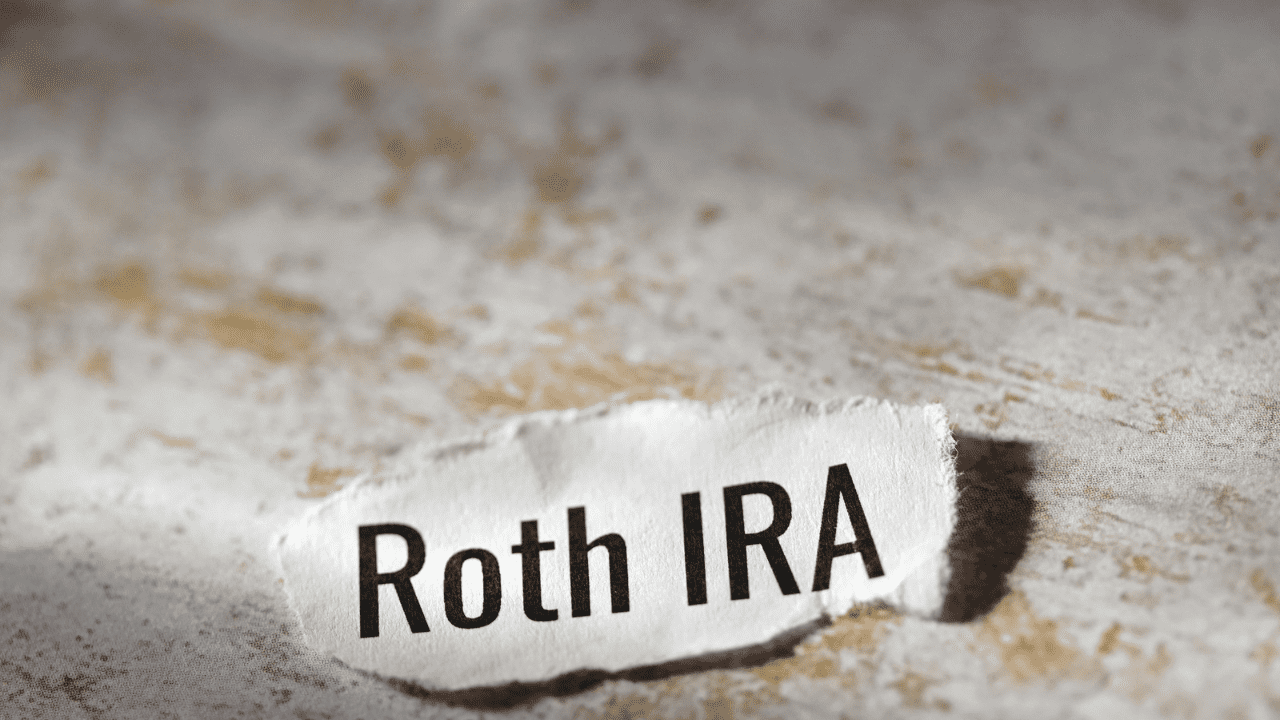As the air warms up and spring is arriving, it’s the perfect time to shake off the winter weather and give your finances a thorough cleaning. From revisiting your financial goals to tidying up your budget, here’s a consolidated guide to March financial planning and spring financial clean-up.
Spring is an excellent time to reassess your financial goals. Whether you’re saving for a vacation, planning for retirement, or aiming to pay off debt, take a moment to review your objectives. Are they still relevant and achievable? Have your priorities shifted? Adjust your goals accordingly to ensure they align with your current cash flows, timeline, and financial situation.
Spring cleaning your finances begins with a thorough evaluation of your budget. Review your income and expenses over the past few months to identify any trends or areas for improvement. Are there any unnecessary expenses you can cut back on? Can you reallocate funds to prioritize your financial goals? Adjust your budget accordingly and periodically.
March presents an excellent opportunity to review your investment portfolio. Evaluate the performance of your investments and assess whether they still align with your risk tolerance and long-term objectives from when they were set. While we don’t recommend jumping in and out of the market, it’s important to find a proper asset allocation you can stick to for the long term so you might consider rebalancing your portfolio if necessary, or having a financial professional take a second look. Additionally, take advantage of any tax-efficient strategies, such as maximizing contributions to retirement accounts or harvesting tax losses.
Your credit report plays a crucial role in your financial health. Check out your credit score and look for any errors or discrepancies that could negatively impact your credit score and take steps to address them promptly. Monitoring your credit report regularly is an essential part of maintaining good financial health. Conversely, ensuring you make the right decisions daily to keep your credit on the right path to improvement is key.
Given the time of year and tax filing season in full swing, spring is the perfect time to declutter and organize your financial documents. Gather all your important paperwork, such as bank statements, tax documents, insurance policies, and investment statements, and create a system for storing and organizing them. Consider digitizing your documents for easy access and backup. Having your financial documents organized will make it easier to track your finances and help you during tax time. Tax season is also a great opportunity to review your whole financial plan as your documents are gathered and you may be identifying tax advantageous strategies to improve on.
Next, automating your savings is one of the most effective ways to build wealth over time. Take advantage of automatic transfers to your savings or investment accounts to ensure consistent contributions. Set specific savings goals, whether it’s an emergency fund, a down payment on a home, or a college fund for your children, and automate your contributions accordingly. By making saving a habit, you’ll steadily progress towards your financial goals without even thinking about it.
March is not only a time for spring cleaning your home but also an opportunity to refresh and revitalize your finances. By revisiting your financial goals, evaluating your budget, reviewing your investments, checking and improving your credit, organizing your financial documents, planning for taxes, and setting up automatic savings, you can set yourself up for financial success in the months and years ahead. So why wait? If you have any questions on the topics discussed in this blog or are looking for your spring financial clean up, email info@shermanwealth.com or schedule a complimentary 30-minute call here.


